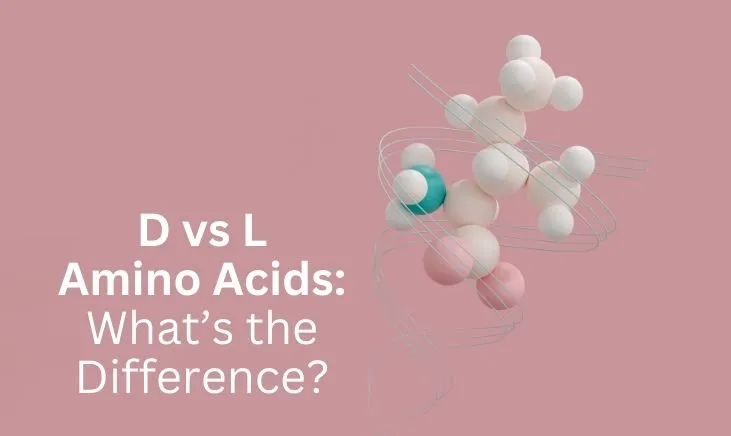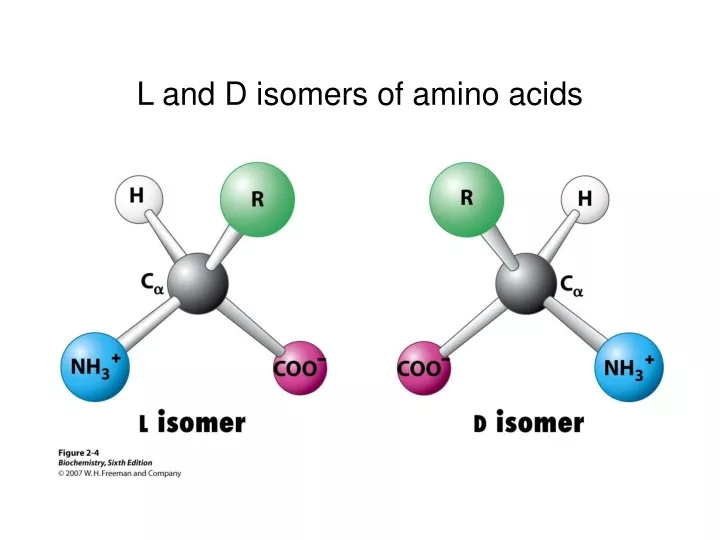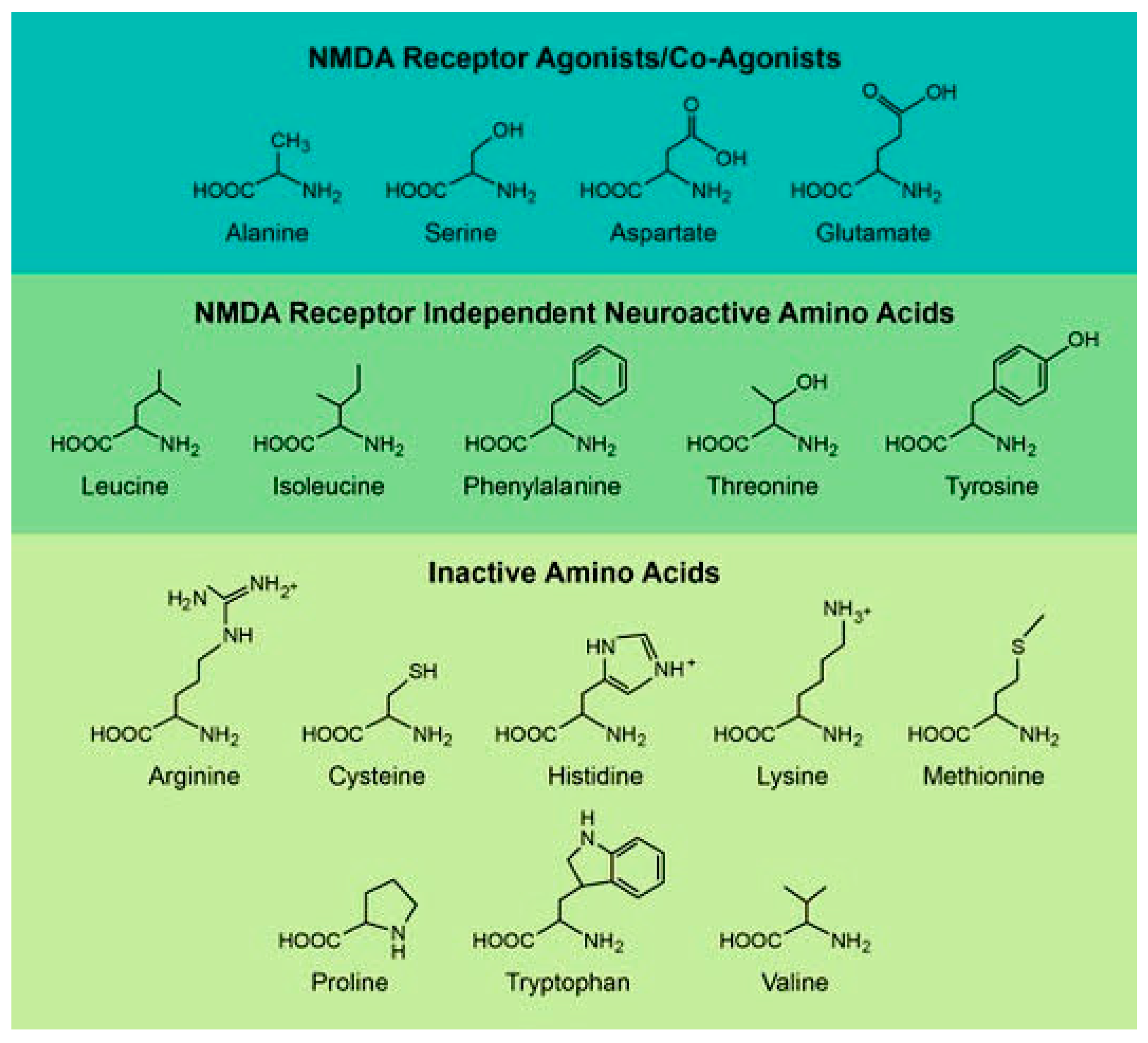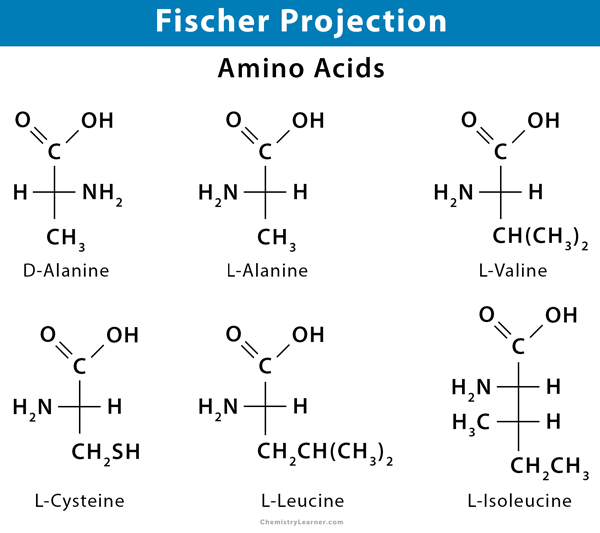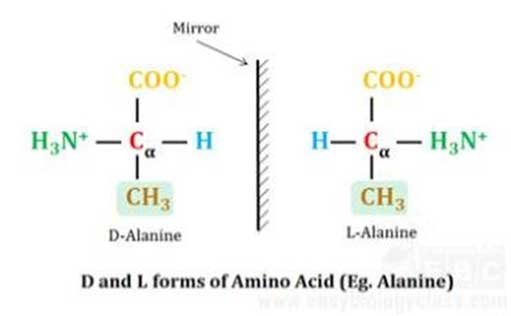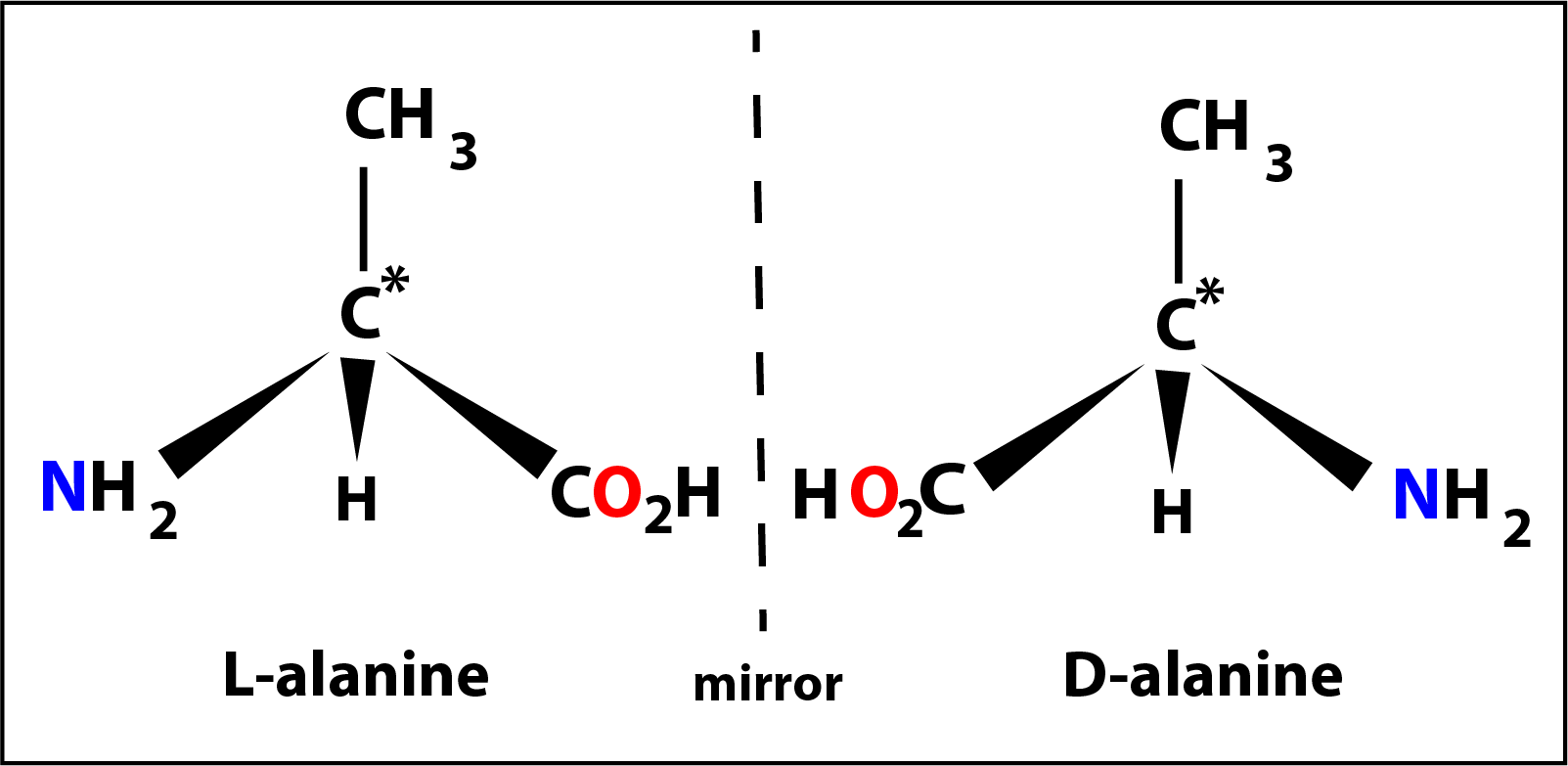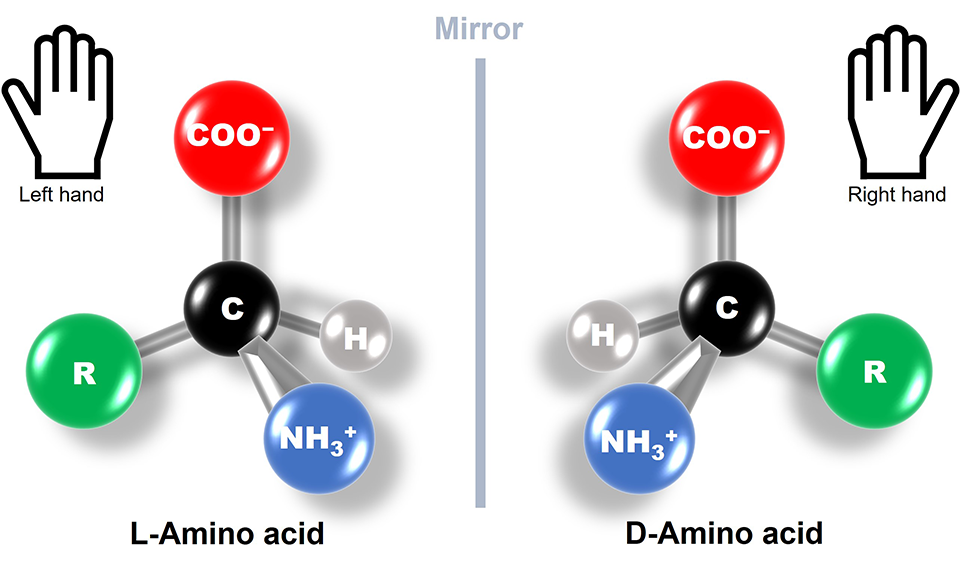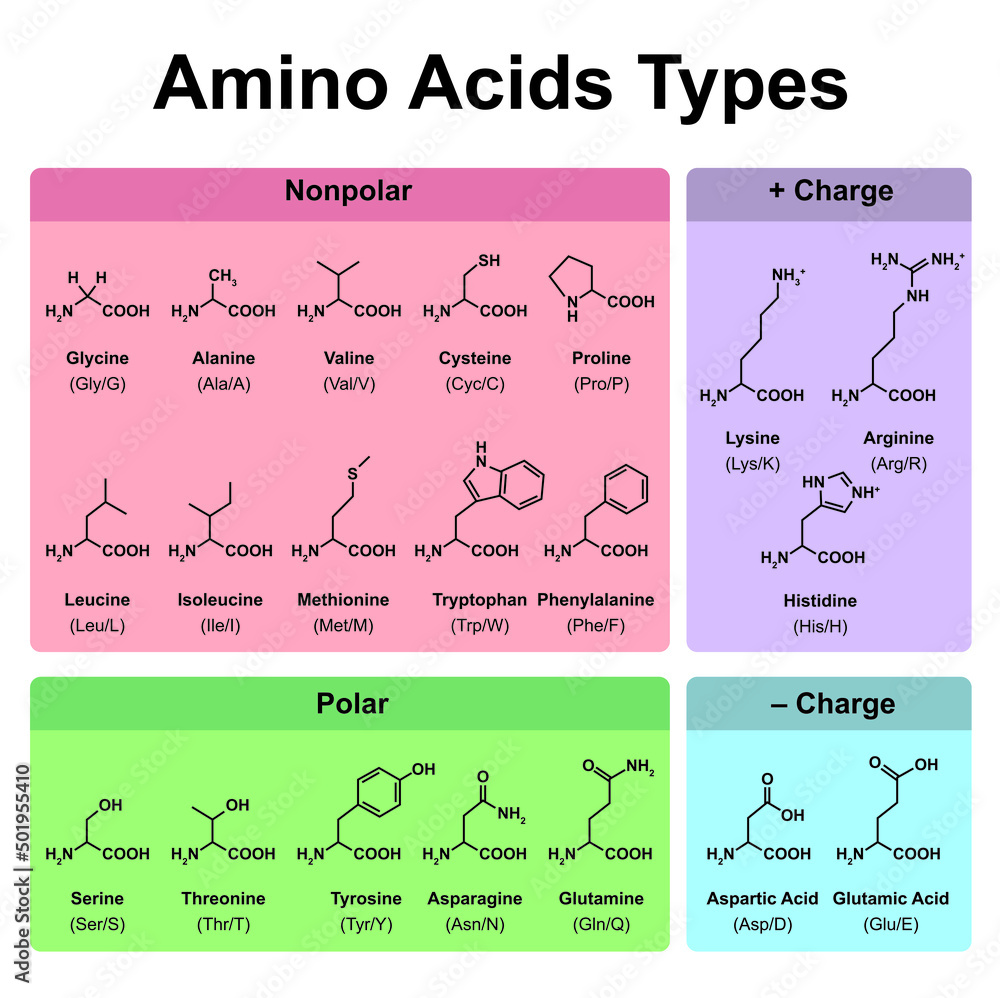D Amino Acid And L Amino Acid
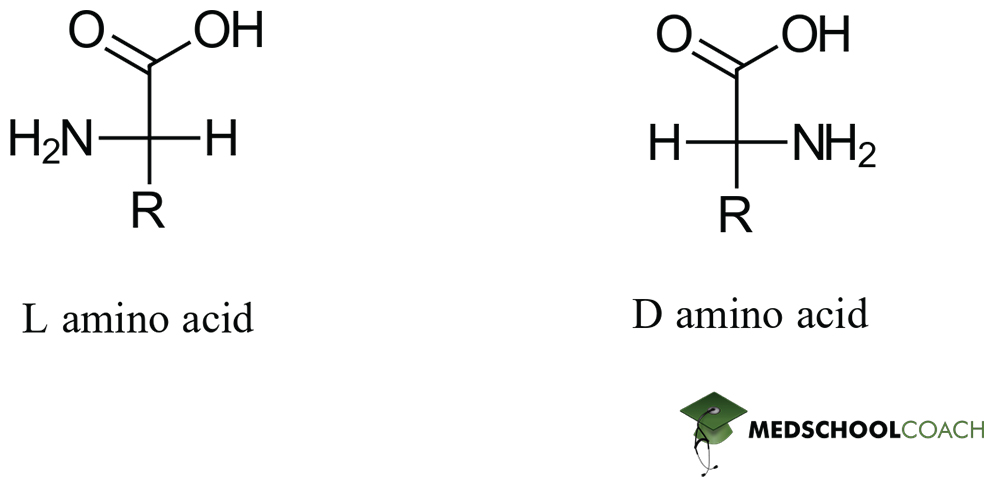
Urgent research reveals a critical divergence in the behavior of D-amino acids and L-amino acids, demanding immediate reevaluation of drug development and nutritional science.
This discovery could rewrite textbooks, impacting everything from understanding protein folding to designing targeted therapies, necessitating rapid collaboration between researchers and regulatory bodies.
The Chiral Divide: A Fundamental Biological Shift
For decades, L-amino acids were considered the dominant building blocks of proteins within living organisms, with D-amino acids relegated to niche roles in bacteria and lower organisms.
Now, groundbreaking studies confirm a far more pervasive and complex presence of D-amino acids across diverse tissues and organisms, including humans.
What are D- and L-Amino Acids?
Amino acids, the basic units of proteins, exhibit chirality - they exist as mirror images, designated as D (dextrorotatory) and L (levorotatory) forms.
Historically, L-amino acids were thought to be the exclusive components of proteins, while D-amino acids were known to exist mainly in bacterial cell walls and as neurotransmitters.
This assumption is being challenged by recent findings that show a significant amount of D-amino acids exists in mammalian tissues.
The Who, What, Where, When, and How
Who: Scientists at the National Institutes of Health (NIH), Harvard University, and the University of Tokyo independently confirmed the increased presence of D-amino acids.
What: They detected significant concentrations of D-serine, D-aspartate, and D-alanine in various human tissues, including the brain, kidneys, and endocrine glands.
Where: These findings were replicated across independent labs in the United States, Japan, and Europe, indicating a global phenomenon.
When: The studies, conducted over the past five years, culminated in a series of publications within the last six months, triggering immediate scientific discourse.
How: Advanced analytical techniques, including chiral chromatography and mass spectrometry, enabled precise quantification of D-amino acids in biological samples.
Key Discoveries and Implications
The NIH study demonstrated that D-serine acts as a crucial signaling molecule in the brain, influencing neuronal activity and synaptic plasticity.
The Harvard team discovered D-aspartate's role in hormone regulation, particularly in the release of testosterone and luteinizing hormone.
Researchers at the University of Tokyo found that the accumulation of D-alanine is linked to age-related protein damage and cellular dysfunction.
Impact on Drug Development
The traditional focus on L-amino acids in drug design may need a complete overhaul, because D-amino acids could offer better efficacy or have fewer side effects in some treatments.
Many drugs that have failed due to unexpected toxicity could potentially be re-evaluated by investigating whether the interaction with D-amino acids in the body was not understood.
Scientists also need to explore ways to create more stereospecific drugs that target certain receptors, considering the presence of both chiral forms.
Nutritional Considerations
The implications extend to nutrition as well. The bioavailability and metabolic fate of D-amino acids from dietary sources require thorough examination.
Current protein quality assessments primarily focus on L-amino acids, neglecting the potential impact of D-amino acids on human health.
The absorption and utilization of D-amino acids in foods and supplements must be studied to create comprehensive dietary recommendations.
The Way Forward
A global research consortium is being formed to coordinate efforts in mapping the distribution, function, and metabolism of D-amino acids across diverse biological systems.
The Food and Drug Administration (FDA) and the European Medicines Agency (EMA) are reviewing the existing regulatory guidelines for drug development and nutritional labeling in light of these new findings.
Immediate funding is being allocated to support research into the therapeutic potential of D-amino acids and to develop advanced analytical tools for their detection and quantification.



